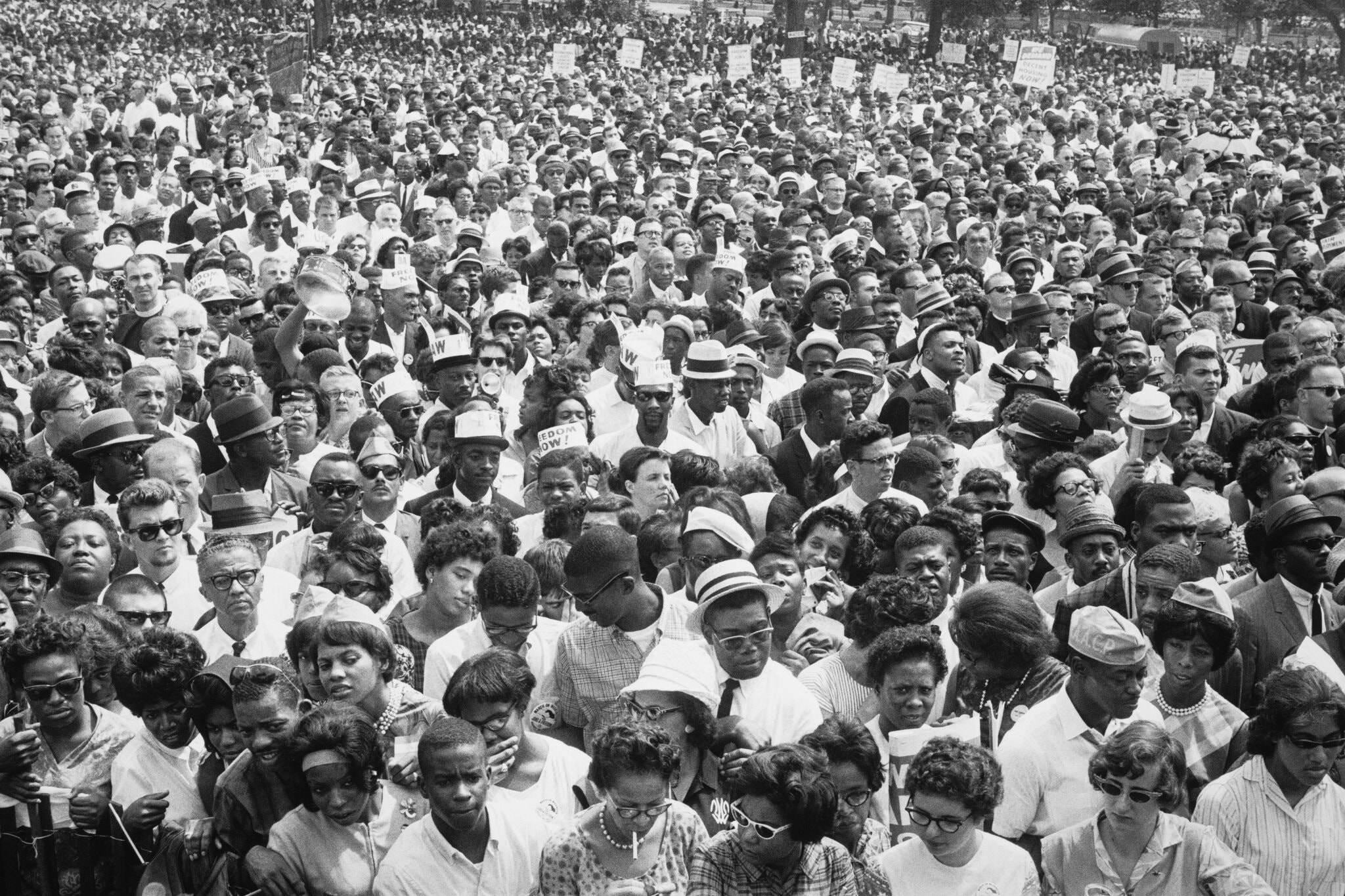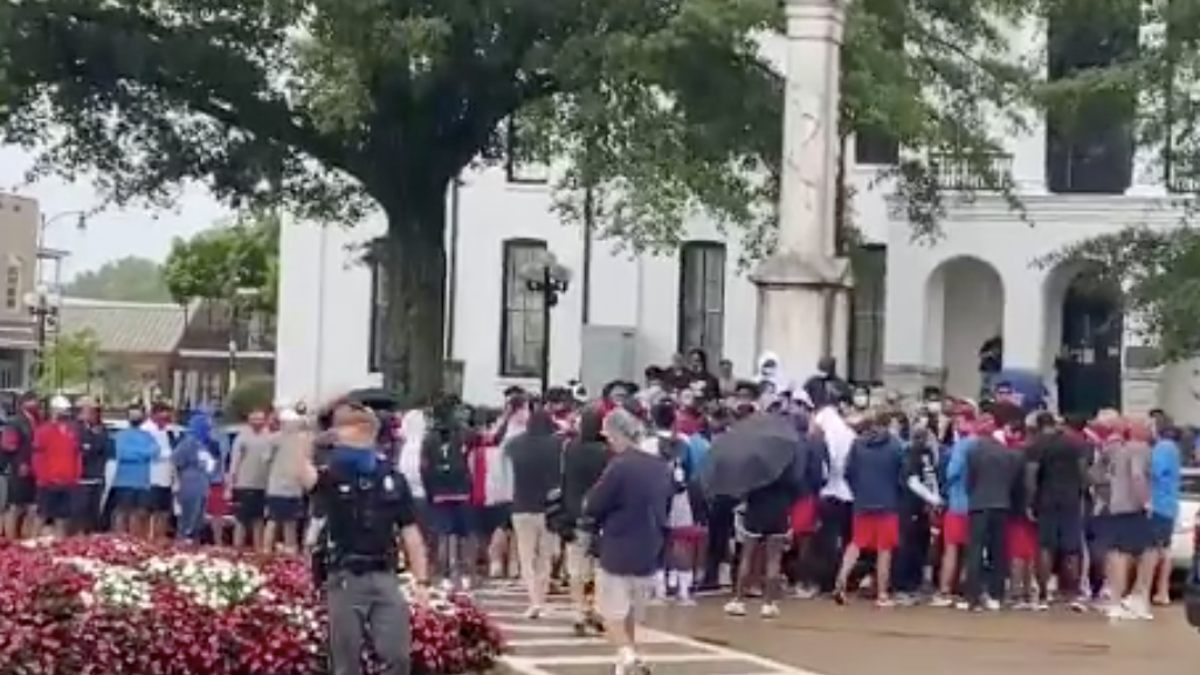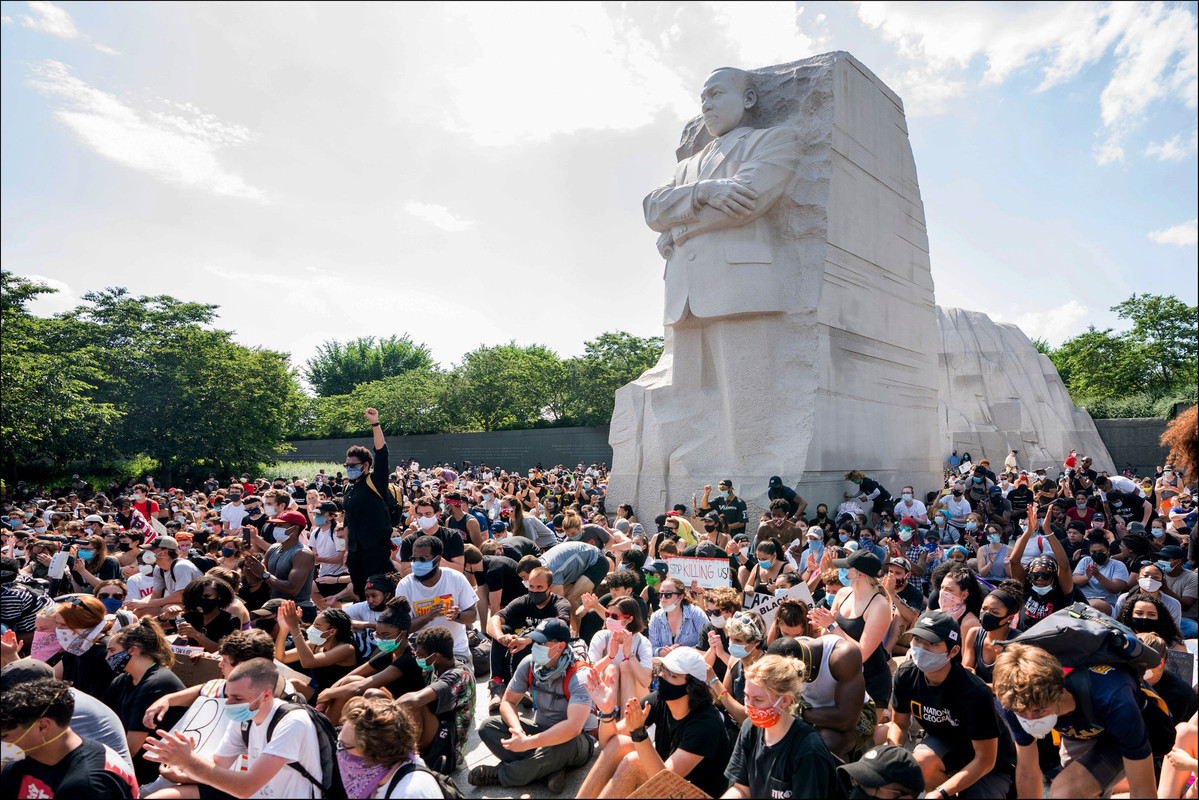
Voting Isn’t Everything - VOTE!!! & Join The Movement, Keep Agitating
Stop minimizing the work of movements

Part of the crowd at the historic 1963 March on Washington. Movements can amplify complex questions that are often simplified to sound bites in elections
By Daniel Hunter | Aug. 4, 2020 | https://www.nytimes.com/2020/08/04/opinion/voting-2020-election-blm-movement.html
The Black Lives Matter movement has had significant wins in recent months. Municipalities have removed statues of racists, corporations have changed branding that reinforced racial stereotypes, schools have cut ties with police forces and cities have reduced police funding.
But too often, politicians, celebrities and community leaders who applaud the protesters for these victories are quick to follow up by asserting, like Mayor Keisha Lance Bottoms of Atlanta, that voting “would be the most effective response, the deepest payback” for George Floyd’s death — or that there is “no greater form of protest” than voting, as Lisa Deeley, chair of the Philadelphia City Commissioners, put it.
I’ve led movements for most of my adult life and have heard similar misguided refrains far too many times. The truth is voting is an honorable act that many movements use as a tactic. But the popular message that it’s the only real source of power misleads the public about how social change happens and stifles the energy required to bring about the change we need.
Instead of suggesting that participation in movements is inferior to voting, people with influence should educate themselves and the public about the often hidden role of social movements in achieving change in this country.
Movements led to the abolition of slavery, brought Jim Crow to its knees and won child labor laws, the minimum wage, the Clean Water Act and more. African-Americans and women wouldn’t even have the right to vote if it weren’t for people taking action.
Those victories weren’t just the results of elections. They came from the work of activists to change social conditions. Where voting changes the players on the battlefield, social movements alter the very terrain on which the battle is being fought.
“Movement work is the thing that enables any of the legal and policy change to be successful,” Chase Strangio, a lawyer who won the recent Supreme Court ruling protecting L.G.B.T. rights, explained in an interview with GQ. He noted that Justice Neil Gorsuch, who wrote the majority opinion, had initially worried that protecting transgender people might result in social upheaval. But less than a year later, his mind had been changed.
“On some level, I have to believe that in eight months, he learned something from watching what was going on in the world,” he said. “And that is a testament not to our briefs and not to the legal movement, but to the organizing movement.”
A common misconception about movements — like the mythic story that Rosa Parks’s refusal to move to the back of the bus spontaneously sparked the civil rights movement — is that they “just happen.”
Yes, George Floyd’s brutal murder, a flagrantly racist president and the pent-up emotions of a pandemic motivated people to take to the streets to demand racial justice. But social movements never emerge just because conditions are bad.
Bill Moyer, a movement strategist, wrote about this dynamic in his “Movement Action Plan.” He noted that the partial meltdown of the Three Mile Island nuclear power plant in 1979 became a rallying point for people concerned about the dangers of nuclear power. Yet Michigan’s Enrico Fermi plant had been closer to a full meltdown in 1966 and didn’t lead to soul-searching or a social crisis. The difference was that in the intervening years, organizers had worked to seed local groups, build national networks, hone responses to the pronuclear lobby and develop alternative policy platforms.
The current movement has done all those things, spurred largely by the 2014 protests in Ferguson, Mo., over the killing of Michael Brown. It grew into a network of dozens of local Black Lives Matter chapters across the United States and Canada. Groups like Black Youth Project 100 and Movement for Black Lives built comprehensive policy platforms, leading to radical, ground-shaking demands like “defund the police.” As Jessica Byrd, a leader in Movement for Black Lives, said in a recent interview with Time, “Movement made this moment different.”
If one isn’t aware of this work, it’s easy to assume that after this phase of street protests ends, the movement will be gone and it will be time to turn to the “real” work of voting to fulfill our civic duty.
But people who understand movements know that voting is not the end — it’s one part of the process. Movements amplify complex questions that otherwise get simplified to sound bites in elections. Questions like: Does society really need armed police answering mental health crises? Can the police be reformed while still armed with military-grade weapons? What are practical alternatives to police systems? By changing people’s views, movements apply pressure to decision makers.
Contrary to popular belief, movements shouldn’t be measured by whether the preferred candidates get into office, nor are they undermined by short-term failures to cobble together national legislation.
A better yardstick for a movement is the public’s perception of the problem, a growing certainty that current policies don’t work — and ultimately people’s commitment to embracing alternatives.
After all, the 1960s student sit-ins against segregation did not immediately result in legislative wins. Even after the peak event of the March on Washington, it took another year for the 1964 Civil Rights Act to become law.
It’s tempting to think that reform will rain down if we elect the right leaders. Yet most of us know through experience that voting is no magic bullet. Regardless of who wins the election in November, anyone seeking justice knows there’s an enormous amount of work ahead of us. Movements provide an avenue to do that work.
So yes, I’ll vote — and help turn out the vote. But I’ll never believe the lie that that’s the best or only thing I can do to change this country.





